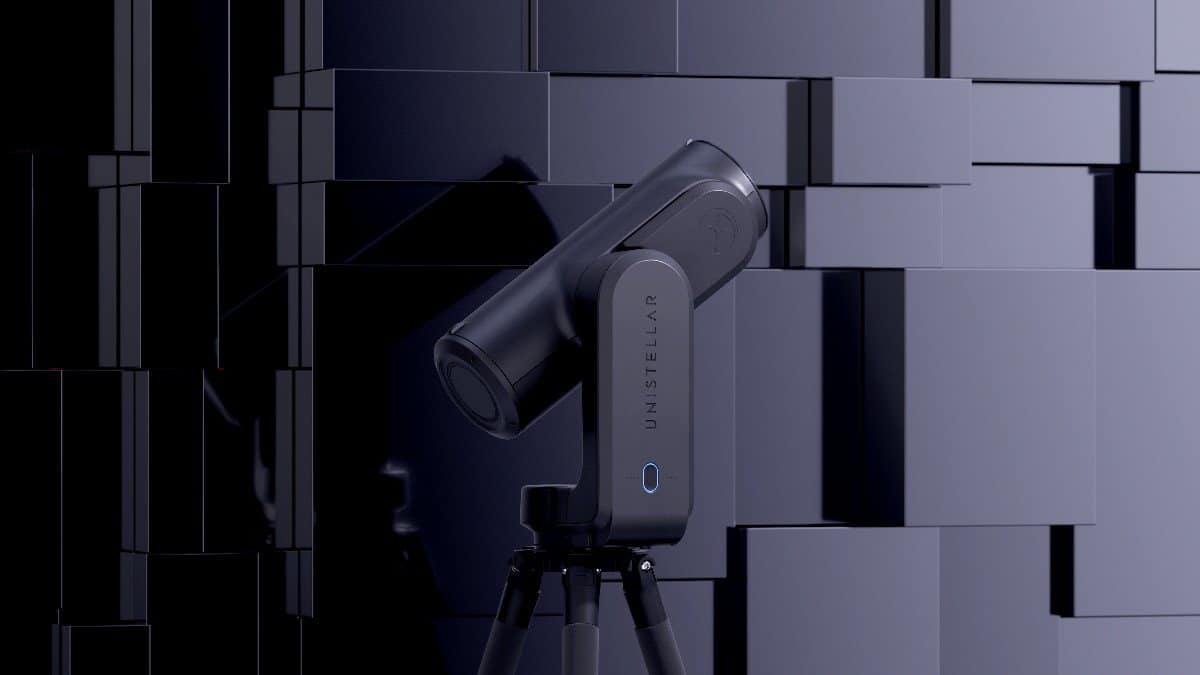The Unistellar Odyssey is a premium portable smart telescope released in 2024.
In this hands-on Unistellar Odyssey review I assess just how good this model is and how it compares to other smart telescopes on the market.
Key Points
- The Unistellar Odyssey was released in January 2024 alongside the Odyssey Pro
- These two models form Unistellar’s Discovery Range which have improved usability and do not require collimating
- The only difference with the Odyssey Pro is that has no eyepiece for live viewing, but it also cheaper
- It has 85mm aperture, 350mm focal length and f/3.9 focal ratio. The camera has a 3.7MP sensor
- It is light, compact and portable, as well as being beautifully designed
If you prefer, you can watch our video review below or skip if you’d prefer to read on:
Unistellar Odyssey Review
The Unistellar Odyssey is a smart telescope, which means:
- It is a fully automated astrophotography telescope with a camera built-in
- You control it via app on your smartphone and it takes images of astronomy objects for you at the press of a button and sends them to your phone
In this review, I will give my views on how it shapes up based on the five criteria we use to assess smart telescopes:
- Ease of Use
- Portability
- Imaging Quality
- Value for Money
- Versatility
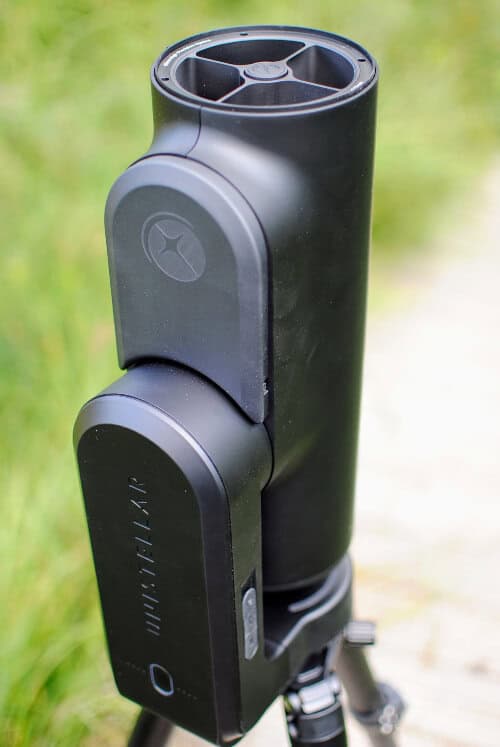
Ease of Use
The only downside of Unistellar’s previous smart telescopes – the eVscope, eVscope 2, eQuinox and eQuinox 2 – was that you occasionally had to collimate them.
This is a manual process that is common in many telescopes and was not difficult to do but it was a barrier to having seamless usability.
The main selling point of smart telescopes is that you can just pull it out whenever you want and it should work with little or no effort. And this is what you have with Unistellar’s rivals – the Vaonis Vespera II and Vespera Pro.
Unistellar have now fixed this with the Odyssey. They now class this model and the Odyssey Pro in their Discovery Range not requiring any collimation, and the eVscope 2 and eQuinox 2 in the Expert Range where collimation may sometimes be required.
Add to this that the app was already excellent and you have usability that is up there with the best for any smart telescope.
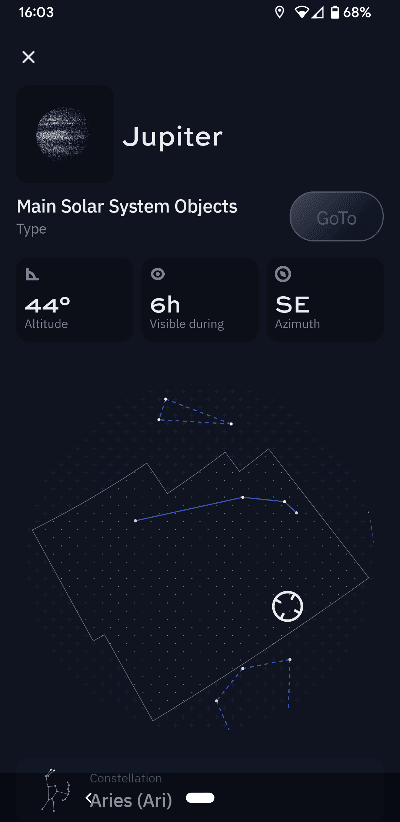
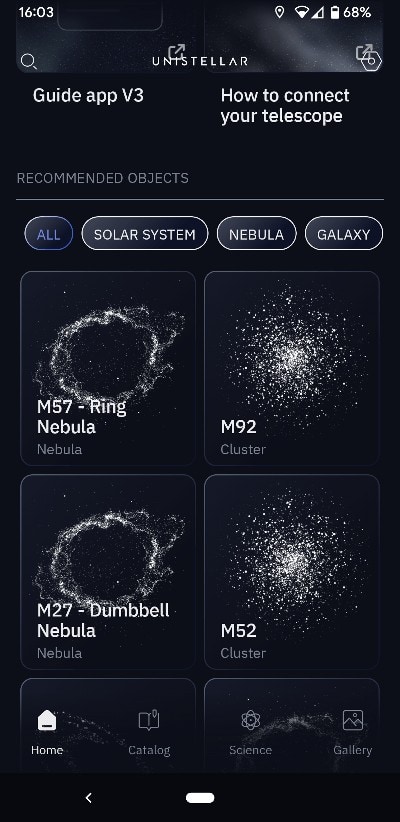
Portability
The Odyssey telescope weighs 4 kg (8.8 lbs) with the tripod adding an additional 2.5 kg (5.5 lbs), so totalling 6.5 kg (14 lbs).
This means it is certainly light and portable but does weigh more than the Vespera II and Vespera Pro (11 lbs), as well as the ZWO Seestar S50 and Dwarflab Dwarf 2 which are in the budget category of smart telescopes.
Imaging Quality
Telescope
The OTA has:
- 85 mm (3.3 inch) aperture
- 320mm focal length
- f/3.9 focal ratio
This puts it above the Vespera II and Vespera Pro in terms of aperture and only behind the Unistellar eVscope 2, eQuinox 2, and Celestron Origin.
Camera
The camera inside has a 3.7 megapixel resolution.
Here are a number of images that I captured with the Unistellar Odyssey.
These are all straight from the telescope/app without any additional processing:
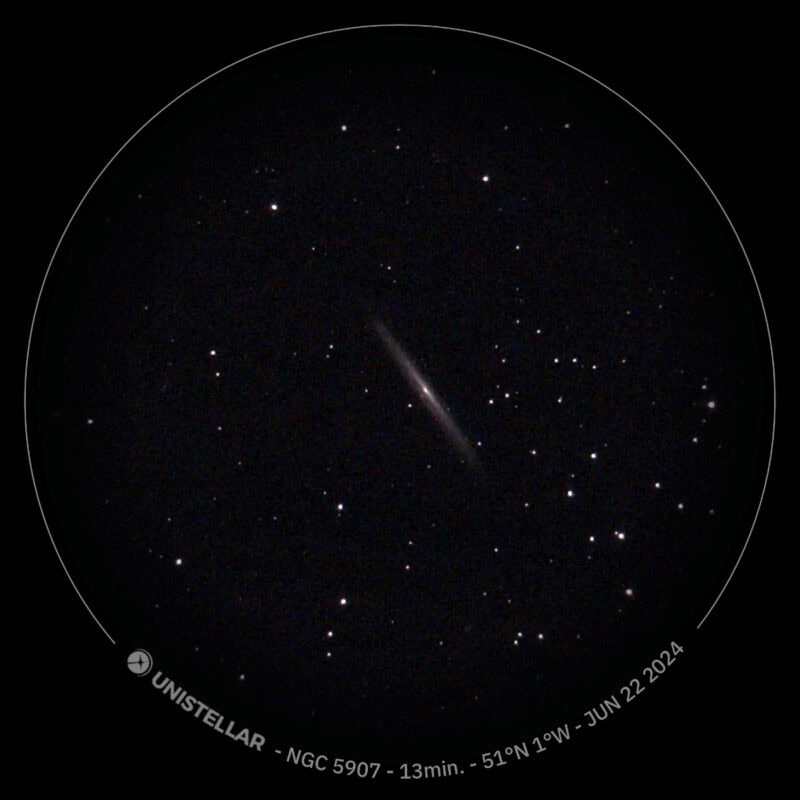
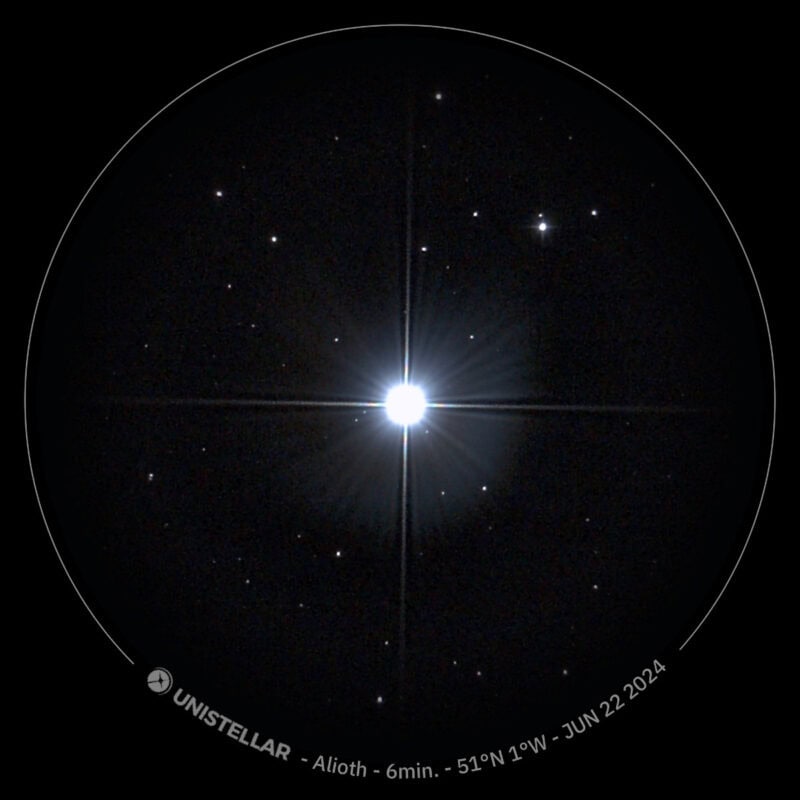
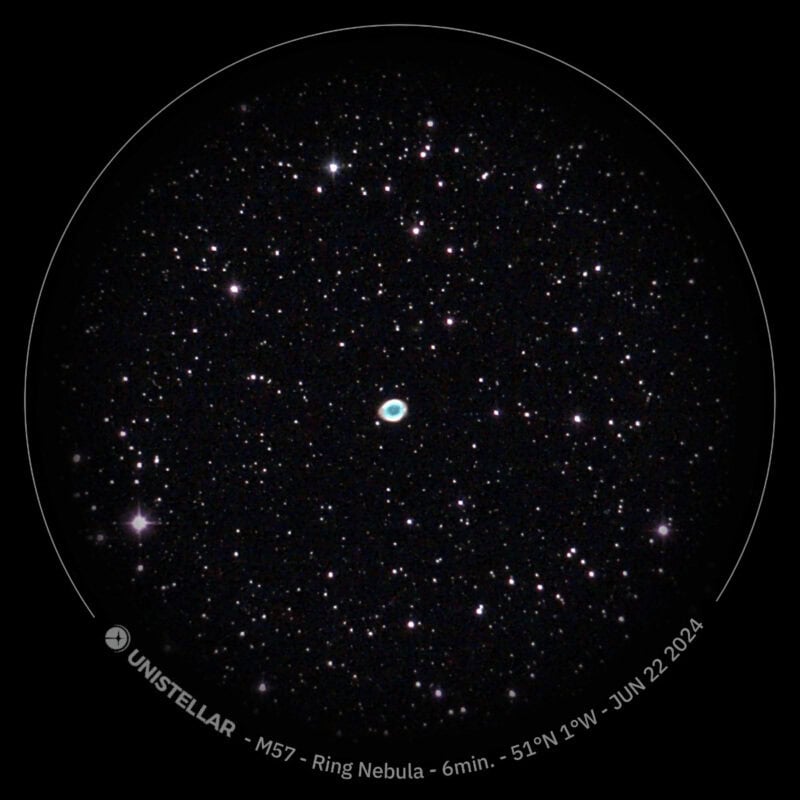
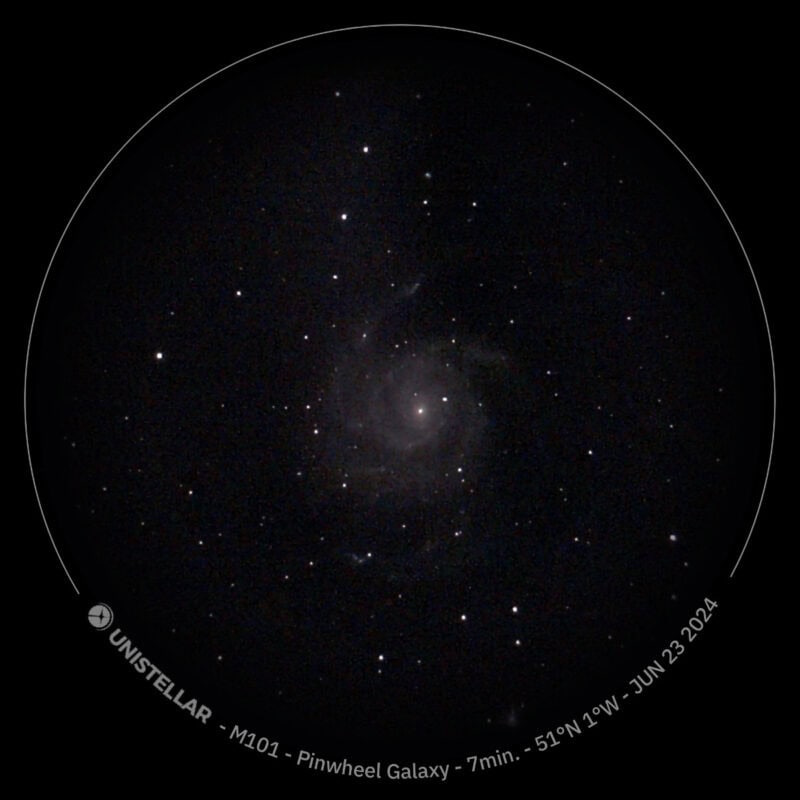
Value for Money
It starts at $2,499. This makes it:
- More expensive than the Vespera II
- About the same as the Vespera Pro
- Cheaper than the Celestron Origin, eVscope 2 and eQuinox 2
Versatility
The Unistellar Odyssey doesn’t have the liveview eyepiece of the Unistellar Odyssey Pro and the Unistellar eVscope 2.
Its ease of use makes it good for all levels and it is capable of photographing both deep sky objects and planets (something some other smart telescopes struggle with).
However it is not usable for non-astronomical purposes.
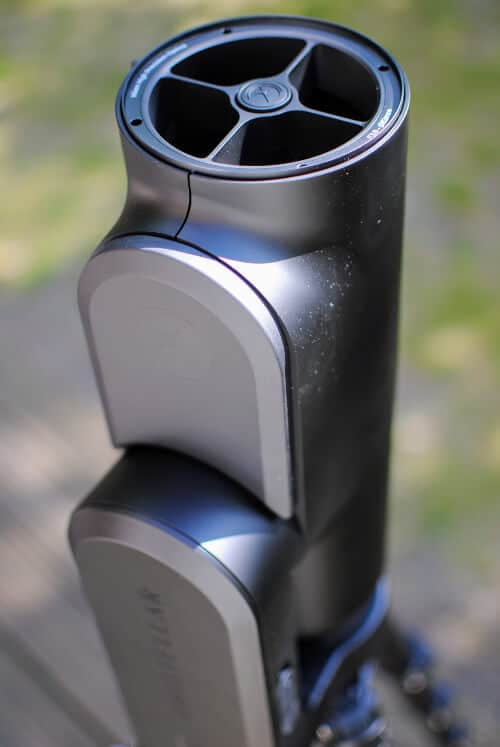
Unistellar Odyssey: Pros and Cons
Unistellar Odyssey Advantages
The pros of the Unistellar Odyssey are:
- Easy to use with no adjustment (collimation) required
- Compact size and light weight
- Good telescope and camera specifations
- Slick user experience and a great app
- Beautiful design
- Join Citizen Science initiatives
Unistellar Odyssey Disadvantages
In terms of the downsides:
- Pretty expensive, particularly if you want to compare it to the budget smart telescope options but also the Vespera II
- Lower spec than premium alternatives like the Celestron Origin, eVscope 2 or eQuinox 2
- No liveview eyepiece like the Odyssey Pro and eVscope 2
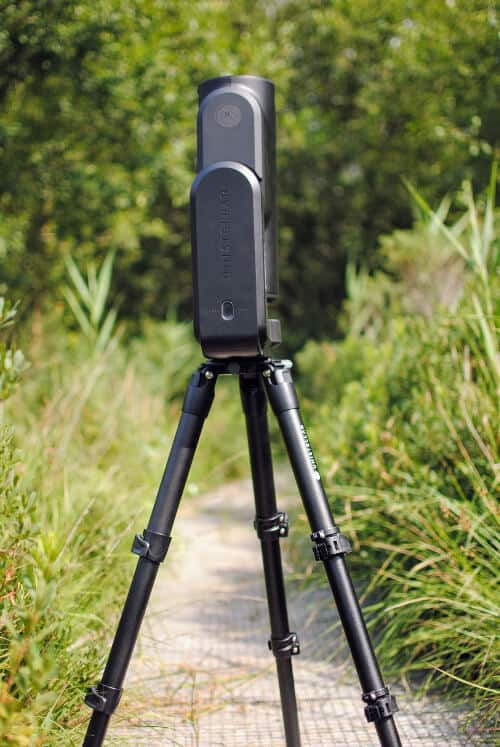
Unistellar Odyssey Alternatives
The main alternatives to the Unistellar Odyssey are the:
- Unistellar Odyssey Pro – exactly the same apart from it has a liveview eyepiece and it costs more
- Vaonis Vespera II – lower aperture telescope but higher resolution camera, has a mosaic mode, is smaller and cheaper
- Vaonis Vespera Pro – lower aperture telescope but even higher resolution camera, has a mosaic mode, is smaller and costs about the same
- Celestron Origin – higher spec but more expensive and much heavier
See our overview of the Best Smart Telescopes to see how they all compare.
Unistellar Odyssey Specifications
- Aperture: 85 mm (3.3 inch)
- Focal Length: 320 mm
- Focal Ratio: F/3.9
- Weight: 14 lbs (6.5 kg)
- Height: 122 cm (fully assembled)
- Sensor: Sony IMX615
- Resolution: 3.7 MP
- Year of release: 2024
Our Verdict
The Unistellar Odyssey has taken a great step in removing the necessity to collimate.
Experienced astronomers will not worry about this but many people looking to buy a smart telescope will have been put off by this requirement with older Unistellar models.
If you are looking for a premium portable smart telescope then this should certainly be an option for you alongside the Vespera II and Vespera Pro. It has a higher aperture OTA than both of these, but also a lower resolution camera.
In my experience, I have found Unistellar smart telescopes slicker than Vaonis models and this is great option that’s fun and easy to use.
Premium Smart Telescope
- Brand new in 2024
- Easy of use and perfect for complete beginners
- Portable with a compact size and light weight
- Lower spec than premium alternatives
- No eyepiece for realtime viewing
Sources and further information
- Best Smart Telescopes 2024
- Unistellar Odyssey Product Page
- Unistellar Odyssey Pro Review
- Unistellar Odyssey vs Odyssey Pro
- Unistellar Odyssey vs Unistellar eVscope 2
- Unistellar Odyssey vs Vaonis Vespera Pro
- Unistellar Odyssey vs Vaonis Vespera II
- Unistellar Odyssey vs ZWO Seestar S50
- Unistellar Odyssey vs Dwarf II
- Unistellar Odyssey vs Celestron Origin
How we reviewed the Unistellar Odyssey
This review is based on hands-on experience with the Unistellar Odyssey telescope.
You can watch the video version here:
Submit Your Review of the Unistellar Odyssey
If you own (or have used) a Unistellar Odyssey, you can submit your review and ratings to us via this form to be incorporated in this review:
Unistellar Odyssey
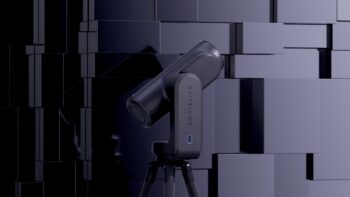
Pros
- Easy to use with no adjustment (collimation) required
- Compact size and light weight
- Good telescope and camera specifations
- Slick user experience and a great app
- Beautiful design
Cons
- Pretty expensive
- Lower spec than premium alternatives
- No liveview eyepiece


